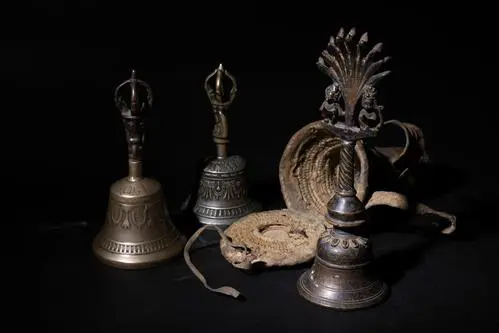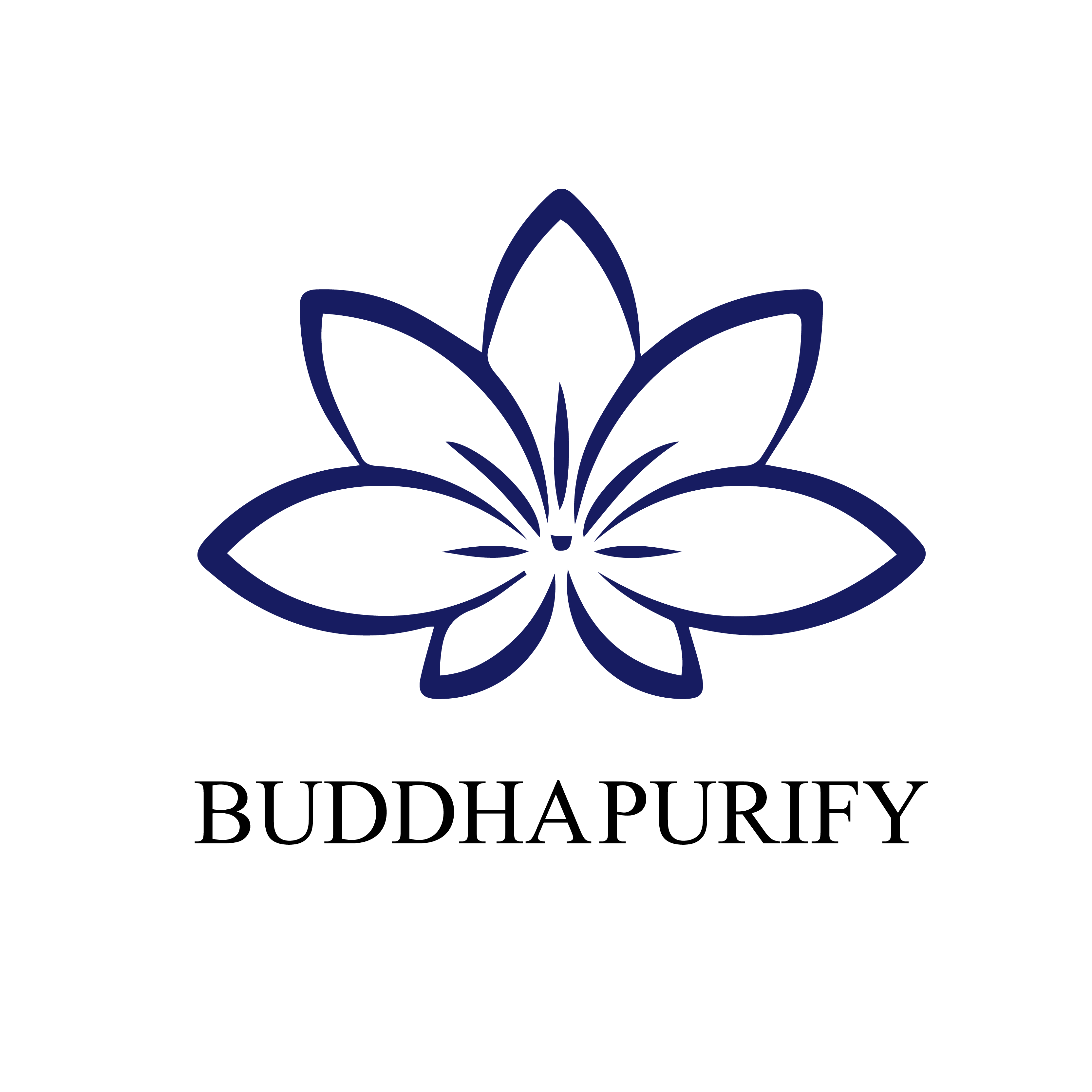The Sacred Instruments of Tibetan Buddhism: Symbols and Spiritual Power
Tibetan Buddhism is renowned for its unique religious rituals and profound spiritual traditions, and at the heart of these rituals lie the sacred instruments, or Dharma implements. These instruments are not just tools for ceremonies, but bridges connecting the practitioner with the divine, the Buddha, and the wisdom of the universe. Each instrument carries special symbolic meaning, assisting practitioners in purifying the body, speech, and mind on the path to enlightenment.
Types of Sacred Instruments and Their Symbolism
1. Mala (Prayer Beads)
The mala is one of the most commonly used sacred tools, designed for counting mantra recitations. It typically consists of 108 beads, symbolizing the 108 defilements that practitioners seek to transcend. The beads are made from various materials such as bodhi seeds, crystals, or coral, each with its own blessing and significance. By turning each bead while reciting mantras, the practitioner focuses on the power of the mantra, gradually clearing the mind and achieving inner purification.
2. Vajra and Bell (Dorje and Drilbu)
The vajra (dorje) and bell (drilbu) are fundamental instruments in Tantric rituals, representing the union of wisdom and compassion. The bell, held in the left hand, symbolizes wisdom, while the vajra, held in the right hand, signifies indestructible power and truth. Together, they represent the balance of strength and insight required to achieve liberation.
3. Conch Shell (Dun Dkar)
The conch shell is an important symbol of the spread of the Dharma, its sound representing the far-reaching power of the Buddha’s teachings. Used in major ceremonies and religious events, its resonant sound symbolizes awakening and the call to all beings to seek enlightenment.
4. Prayer Wheel (Mani Wheel)
The prayer wheel is unique to Tibetan Buddhism. Inside the wheel are sacred scrolls inscribed with mantras. By spinning the wheel, practitioners accumulate merit and eliminate negative karma. The spinning motion symbolizes the diffusion of the Buddha’s teachings and blessings across the universe, benefiting all beings.
5. Kangling (Bone Trumpet)
The kangling, made from human or animal bones, is used in Tantric practices. It serves as a reminder of the impermanence of life, urging practitioners to transcend attachment to the physical body and focus on spiritual liberation. The sound of the kangling is believed to ward off evil spirits and negative energies.
6. Kapala (Skull Cup)
The kapala is a ritual cup made from a human skull, used in offerings during Tantric ceremonies. It symbolizes the transcendence of life and death, as well as the practitioner’s resolve to overcome samsara. Filled with offerings, the kapala is a symbolic gesture of devotion to the deities or enlightened beings.
7. Gau (Amulet Box)
A gau is a small portable shrine, often made of silver or gold, containing sacred images or scriptures. It is worn as a talisman, providing spiritual protection and blessings. The gau serves as a reminder for practitioners to remain mindful of the Dharma in their daily lives.
8. Mandala
The mandala is a geometric symbol representing the universe and the path to enlightenment. Used in meditation and ceremonies, it serves as a visual representation of the cosmos and the practitioner’s journey toward spiritual realization. Constructing or visualizing a mandala helps to purify the mind and embody the principles of impermanence and interdependence.
9. Phurba (Ritual Dagger)
The phurba is a three-sided ritual dagger used to subdue demons and destroy negative energies. It symbolizes the power to cut through ignorance and karmic obstacles, making it an important instrument in protective and wrathful rituals in Tantric practice.
10. Butter Lamp
The butter lamp is a common offering in Tibetan Buddhist temples and homes. Lighting a butter lamp symbolizes the dispelling of ignorance and the awakening of wisdom. Devotees often light lamps to honor the Buddha and pray for peace, happiness, and enlightenment for all beings.
The Spiritual Power and Symbolism of Dharma Instruments
Tibetan Buddhist instruments are far more than physical tools; they carry deep symbolic significance. Each instrument connects the practitioner to the wisdom and power of the Dharma. For example, the spinning of the prayer wheel represents the continual spreading of Buddha’s teachings, while the bell and vajra embody the union of wisdom and compassion. These instruments serve as conduits for the practitioner to engage deeply with the spiritual world, helping them purify their mind and accumulate merit.
Conclusion
The sacred instruments of Tibetan Buddhism, with their profound meanings, are woven into every aspect of religious practice and spiritual development. They guide practitioners toward higher levels of consciousness, helping them cleanse their minds and deepen their focus. These instruments are not merely external tools but powerful symbols of inner transformation, embodying the wisdom, compassion, and enlightenment of the Buddha’s teachings. In the hands of a practitioner, they become the keys to liberation, leading them toward greater spiritual awakening.
At Buddha Purify, we are committed to using Tibetan culture as the foundation to deepen our understanding of spiritual practices and bring them to a broader audience. Our mission is to expand awareness about Tibetan spiritual artifacts and practices, offering insights into how these ancient traditions can enhance modern lives.
We focus on a wide range of products that reflect the profound elements of Tibetan spirituality. Our collection includes Buddhist beads, Buddha pendants, and spiritual jewelry, each designed to assist with meditation, spiritual cleansing, and mindfulness. These items are more than mere accessories—they are integral tools for spiritual growth, helping individuals achieve karma balancing and energy purification.
By emphasizing the Tibetan Zen lifestyle and its connection to holistic wellness, we aim to share the transformative power of these practices. Our meditation accessories and mindfulness products are crafted to support users in their journey towards spiritual enlightenment, promoting a deeper understanding of themselves and their path.
Buddha Purify is not just about offering products; it's about creating a bridge between Tibetan traditions and contemporary spiritual needs. We strive to foster a greater appreciation of Tibetan culture's spiritual depth and cultural richness. Through our efforts, we hope to inspire individuals around the world to embrace a conscious way of living, enriched by the wisdom and practices of Tibetan Buddhism.






